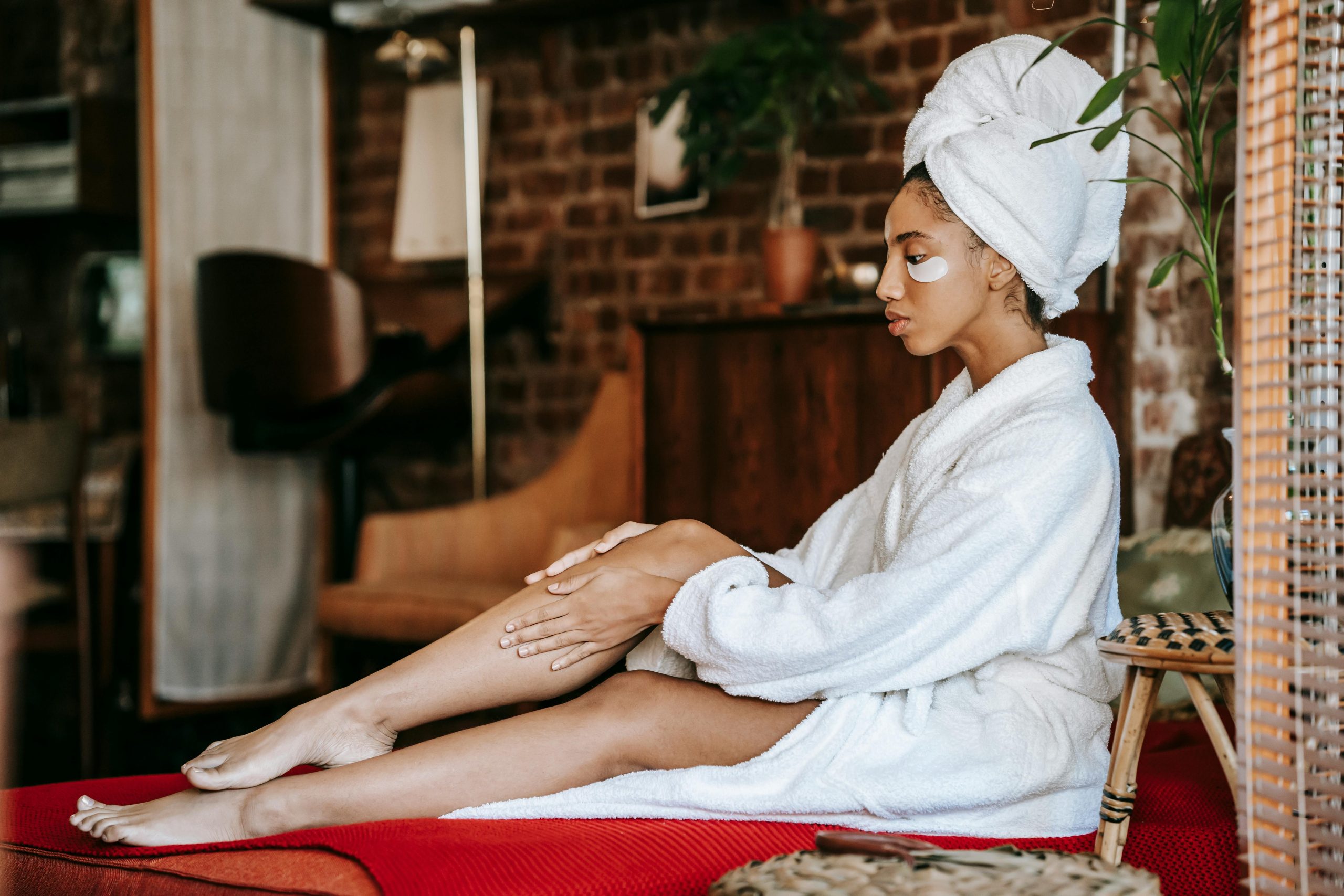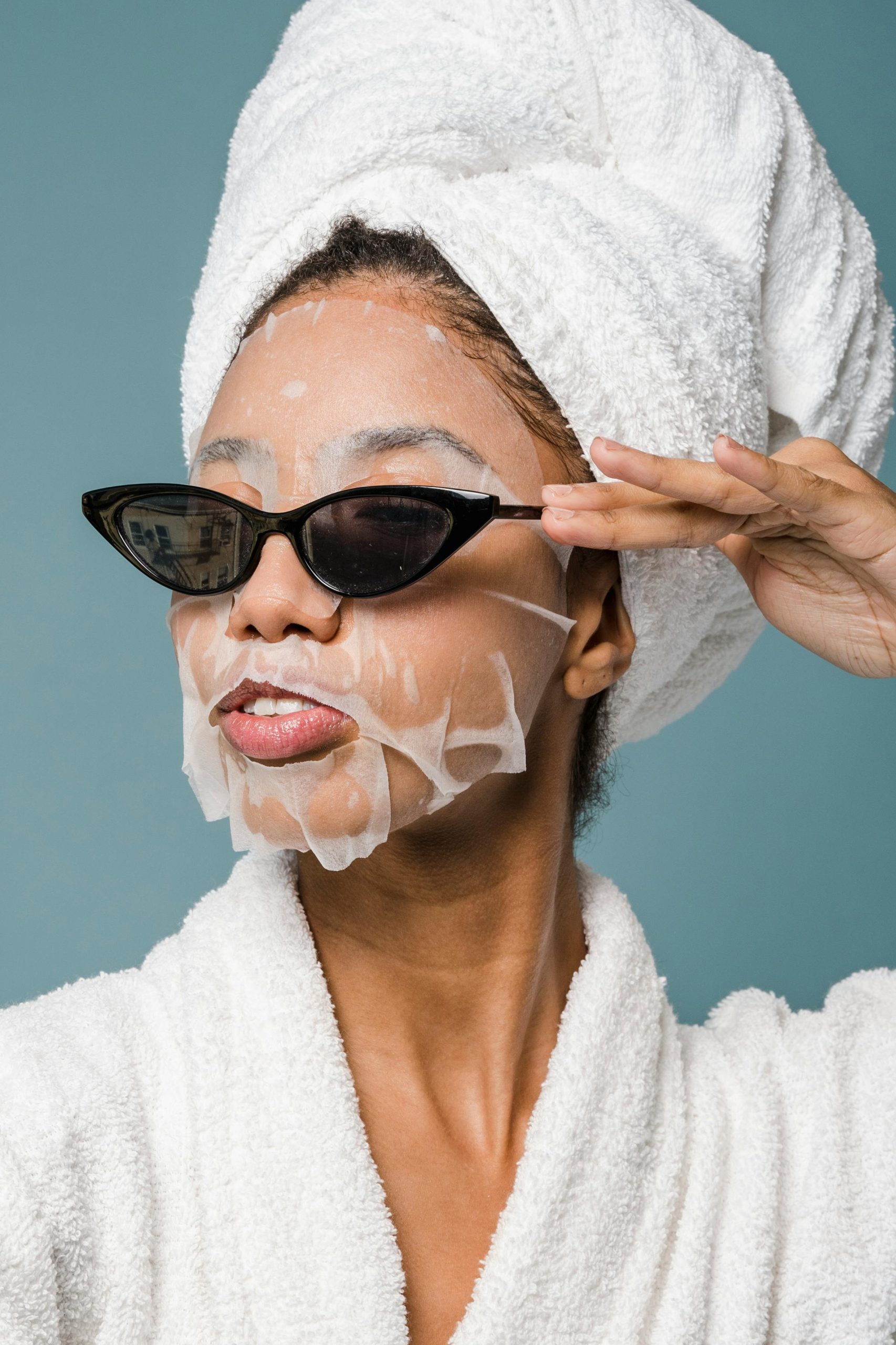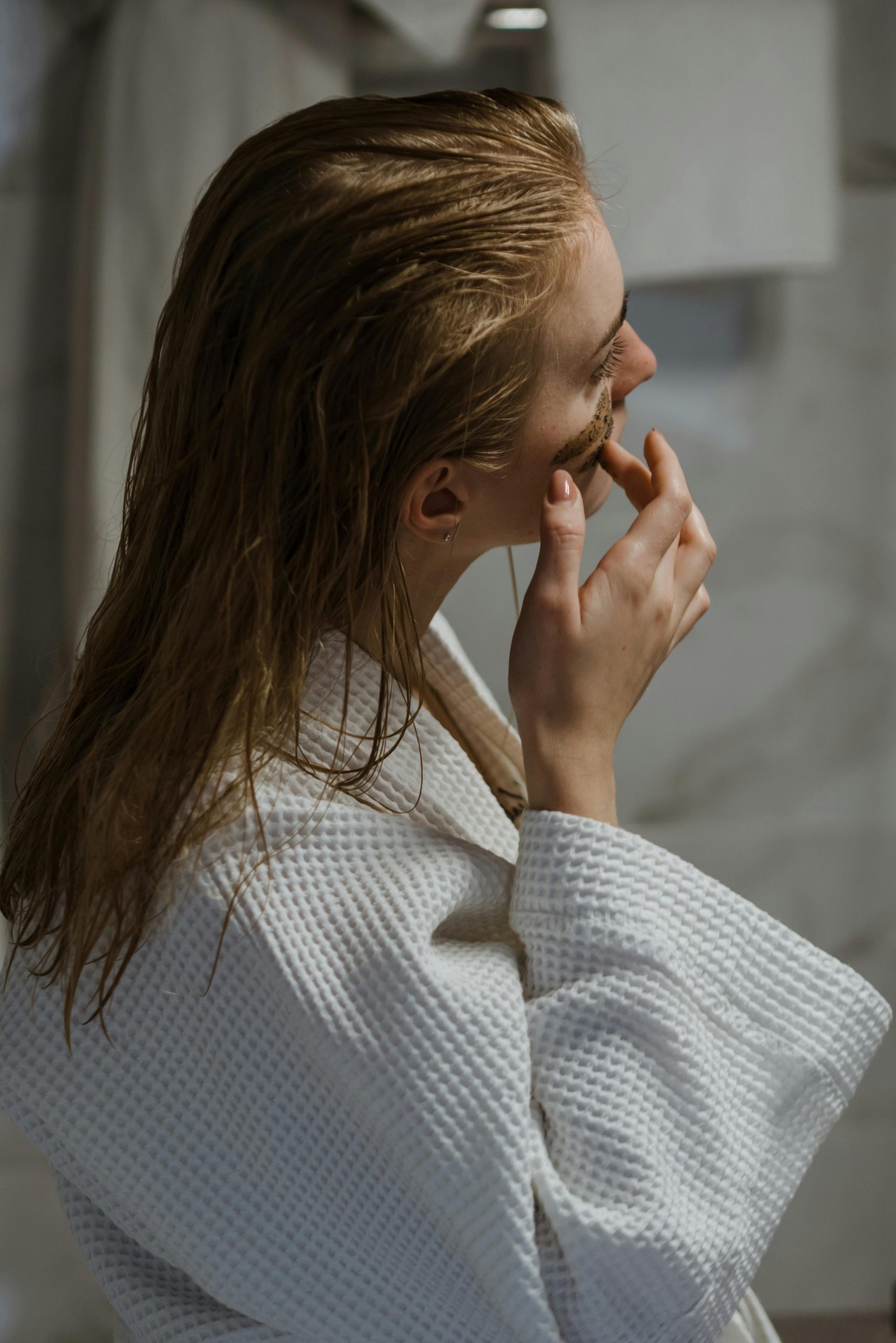The Ultimate Skincare Routine for Oily Skin

A creative writer with a voracious appetite for fashion, beauty,…
Folks with oily skin are accustomed to a different type of struggle. From susceptibility to acne, whiteheads, and blackheads to being frenemies with excess shine, this skin type undoubtedly requires extra TLC (treatment, love, and care). If you’re in this greasy boat, you can either throw a fit and whine about your struggles, or you can develop a healthy skincare routine for oily skin that will unleash the best your skin offers. If you decide to take the second route, this guide is for you.
Sure, numerous products on the market promise heaven and earth for managing oily skin. But no one has all the time in the world to explore each option. Remember, you need a skincare routine laden with products that can control oil production, reduce the appearance of pores, and prevent acne. To save you the hassle, we’ve curated this guide to building an effective skincare routine that’ll do wonders for your oily skin. The result is controlled oil production for a healthier, more balanced complexion.
What causes oily skin?

Several factors are responsible for oily skin, including:
- Genetic factors: Your genes play a significant role in determining your skin type, including oily skin. Simply put, if your parents have oily skin, they may pass it down to you.
- Hormonal factors: Hormonal fluctuations during puberty, menstruation, pregnancy, and menopause can lead to increased oil production. In males, androgens stimulate oil glands, causing excess oil production.
- Environmental factors: Humidity and hot weather can stimulate oil glands, resulting in increased oil production. In addition, pollution and environmental stressors can clog pores and irritate the skin, making the skin oilier.
- Skincare products: Using harsh skincare products or exfoliating too frequently can strip skin of its natural moisture, leading to overproduction of oil.
- Poor diet: Consuming a diet high in processed foods, sugar, and dairy products can lead to inflammation and increase oil production.
- Stress: High-stress levels can also stimulate oil glands and lead to acne.
- Medications: Certain medications, such as birth control pills and steroids, can cause hormonal imbalances that lead to oily skin.
- Sleep deprivation: Lack of sleep can disrupt hormonal balances and lead to oily skin.
An effective skincare routine for oily skin provides your skin with all the wonders it needs, both day and night time. This is because our skin requires different “nutrients” at different times of the day. Your AM skincare routine should focus on protecting your skin from different environmental aggressors while your main aim at night should be to let your skin unwind, relax, and repair.
Daytime routine for oily skin

- Step 1 – Cleanse: If you have oily skin, starting your day with a gentle, non-comedogenic cleanser is essential. Massage the cleanser onto your damp face for about 30 seconds, then rinse with lukewarm water. Pat your face dry with a towel, being careful not to rub too hard as it can irritate your skin.
- Step 2 – Tone: Next, apply a toner to help balance your skin’s pH and remove any remaining impurities. Soak a cotton pad with toner and sweep it across your face and neck, making sure to cover all areas evenly.
- Step 3 – Improve texture: After toning, apply a lightweight essence to help improve your skin’s texture and tone. Gently pat the essence onto your face with your fingers, distributing it evenly.
- Step 4 – Use serum: The next thing to apply is a serum. Choose a lightweight, oil-free serum containing ingredients like salicylic acid, tea tree oil, or vitamin C, which can help control oil production and reduce acne. Apply a few drops to your face and neck, gently massaging them in until it is absorbed.
- Step 5 – Moisturize: Follow the serum with a lightweight, oil-free moisturizer labeled “oil-control” or “matte.” These moisturizers are specifically designed to help regulate oil production while keeping your skin hydrated. Gently massage the moisturizer onto your face and neck until fully absorbed.
- Step 6 – Protect from the sun: Finally, apply a broad-spectrum sunscreen with an SPF of at least 30 to protect your skin from harmful UV rays. Thoroughly massage the sunscreen onto your face and neck, making sure to cover all areas.
Nighttime routine for oily skin

- Step 1 – Cleanse: As the day draws to a close, it’s essential to remove every last trace of makeup, dirt, and impurities from your skin. Start by using a gentle, non-comedogenic cleanser to wash your face, massaging it onto your skin for about 30 seconds before rinsing with lukewarm water.
- Step 2 – Exfoliate: Exfoliating once or twice a week is important for oily skin. Use a chemical exfoliant containing alpha-hydroxy acids (AHAs) or beta-hydroxy acids (BHAs) to help unclog pores and reduce oil buildup. Apply the exfoliant to your skin, following the product’s instructions.
- Step 3 – Improve texture: After exfoliating, apply a lightweight essence to improve your skin’s texture and tone. Gently pat the essence onto your face with your fingers to encourage absorption.
- Step 4 – Use serum: Now, apply a serum containing ingredients like salicylic acid, tea tree oil, or niacinamide, which can help control oil production, reduce acne, and improve skin texture. Gently massage the serum onto your face and neck until fully absorbed.
- Step 5 – Moisturize: Complete your nighttime skincare routine for oily skin with a moisturizer labeled “matte” or “oil-control” for healthy-looking, plump skin.
Shop editor’s finds
Additional tips for oily skin skin
- Throughout the day, use oil-absorbing sheets to blot excess oil and reduce shine.
- Try to avoid touching your face, as this can transfer oils from your hands to your face.
- Once or twice a week, use a clay mask to absorb excess oil and purify pores.
- Use a salicylic acid treatment once or twice a week to help unclog pores and reduce oil production.
- Avoid heavy foundation and concealer, as these can clog pores and exacerbate oiliness.
- Drink plenty of water to flush out toxins and keep your skin healthy from the inside out.
- Resist the urge to pick or pop pimples, as this can lead to scarring and further irritation.
Featured image: IL21/iStock
For the latest in fashion, lifestyle, and culture, follow us on Instagram @StyleRave_
—Read also
A creative writer with a voracious appetite for fashion, beauty, lifestyle and culture. As one who's passionate about the advancement of the woman, creating content that inspire smart style and living, and positive lifestyle changes is a calling I take seriously. At Style Rave, we aim to inspire our readers by providing engaging content to not just entertain but to inform and empower you as you ASPIRE to become more stylish, live smarter and be healthier. Follow us on Instagram @StyleRave_ ♥







